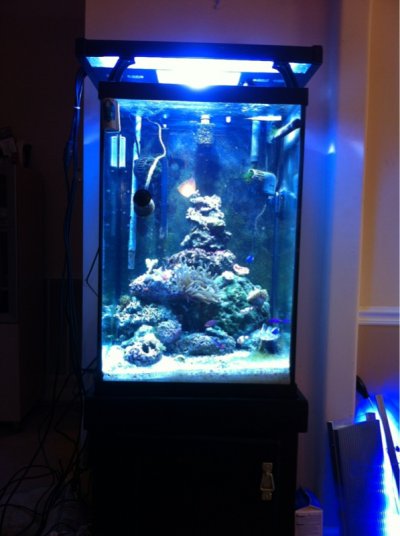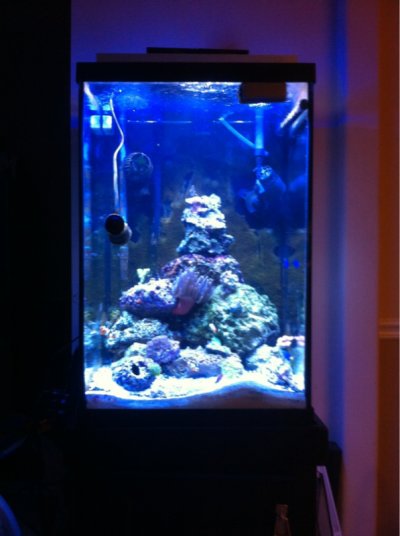armyman16
Aquarium Advice FINatic
- Joined
- Nov 12, 2011
- Messages
- 608
http://dallas.craigslist.org/ftw/for/3036763790.html
What about this one?
I had posted this one earlier but decided to do a T5 fixture instead because my dad doesn't want to pay the huge bill each month for the electricity costs of the T5(but I'm sure I can talk him into letting me get a T5 fixture)
Do the pros of a LED fixture outweigh the cons?
Does anyone have any tanks that they can take pictures of that have a LED fixture on it?
What about this one?
I had posted this one earlier but decided to do a T5 fixture instead because my dad doesn't want to pay the huge bill each month for the electricity costs of the T5(but I'm sure I can talk him into letting me get a T5 fixture)
Do the pros of a LED fixture outweigh the cons?
Does anyone have any tanks that they can take pictures of that have a LED fixture on it?


